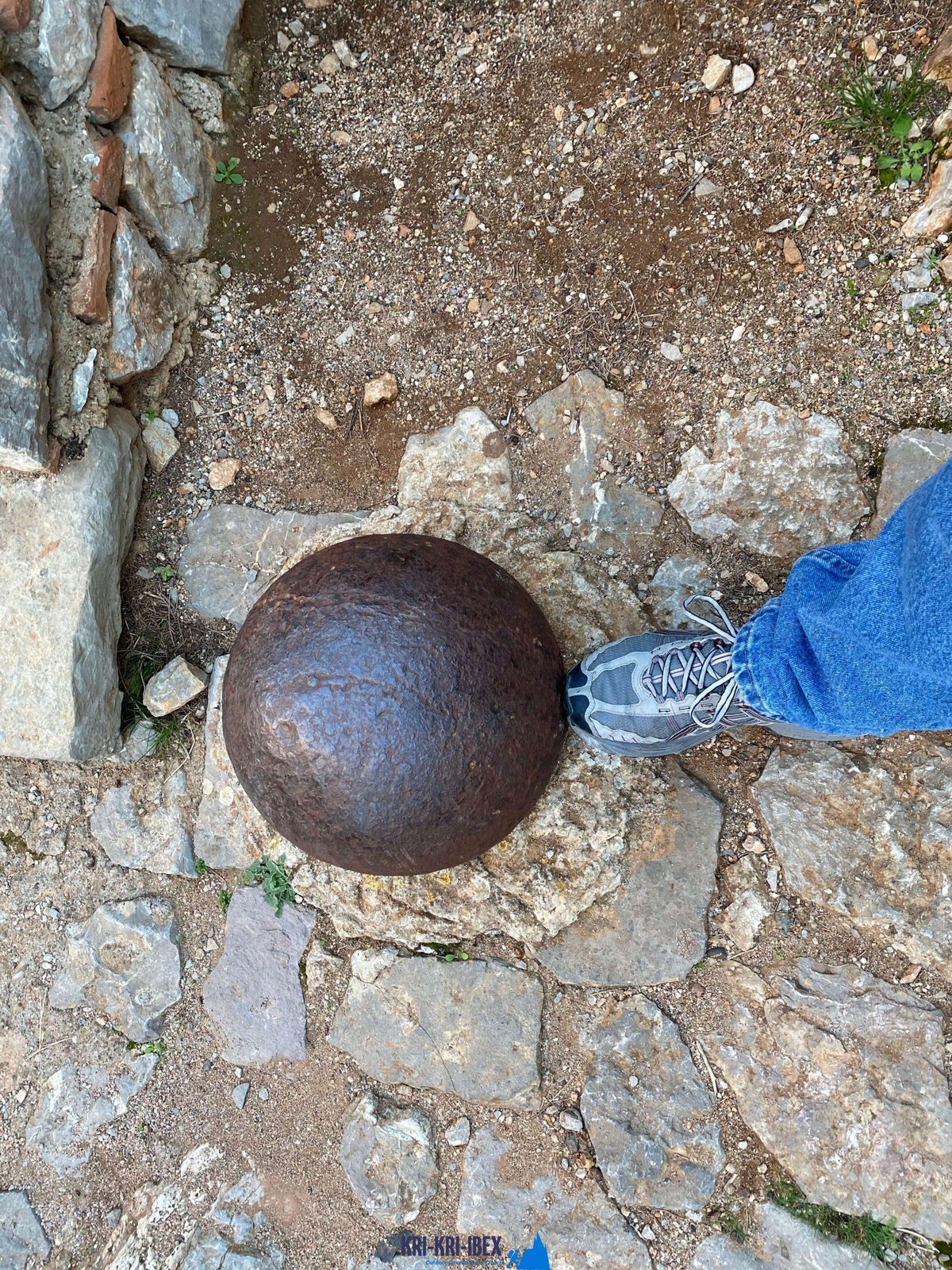Schedule now and obtain 10% price cut! Kri Kri ibex hunting in Greece!
Schedule now and obtain 10% price cut! Kri Kri ibex hunting in Greece!
Blog Article

The Peloponnese peninsula on the Greek Mainland is typically referred to as the 'real' Greece. This is due to the fact that it has actually handled to remain reasonably untouched by mass tourist as well as maintains a lot of its standard charm. If you're trying to find a genuine Greek experience, then Peloponnese is the place for you. And what much better way to discover this stunning area than on one of our outdoor hunting, angling, and free diving scenic tours?

This Ibex is not a petite form of the Bezoar Ibex, which has migrated to the western edge of its variety. The kri-kri (Capra aegagrus cretica), likewise called the Cretan goat, Agrimi, or Cretan Ibex, is a wild goat native to the Eastern Mediterranean. The kri-kri (Capra aegagrus cretica), a feral goat living in the East Mediterranean, was as soon as thought to be a subspecies of wild goat. The kri-kri has a light brownish coat with a darker neck band. Their 2 sweeping horns increase from their head. The kri-kri is a shy and wary animal in the wild, relaxing during the day. They can leap fars away or climb up seemingly sheer high cliffs.
What to Expect on a Peloponnese Tour? When you schedule among our hunting and touring Peloponnese Tours from Methoni, you can anticipate to be surprised by the all-natural beauty of the location. From the excellent coastlines to the mountains as well as forests, there is something for every person to appreciate in the Peloponnese. Additionally, you will have the chance to taste a few of the very best food that Greece has to use. Greek food is renowned for being delicious and also fresh, and you will certainly not be disappointed. Among the best components concerning our scenic tours is that they are made to be both fun as well as instructional. You will certainly learn more about Greek history and society while likewise reaching experience it firsthand. This is a remarkable opportunity to submerse yourself in everything that Greece has to provide.
Experience 'Real' Greece with Our Peloponnese Tours. Look no further than our Peloponnese scenic tours if you're looking for a genuine Greek experience. From old ruins and also castles to delicious food and a glass of wine, we'll show you everything that this fantastic area has to supply. So what are you waiting on? Reserve your journey today! Your Kri Kri ibex hunting in Greece is below!
What is the diference between Kri Kri ibex, Bezoar ibex and hybrid ibex
The kri-kri is not thought to be indigenous to Crete, most likely having been imported to the island during the time of the Minoan civilization. Nevertheless, it is found nowhere else and is therefore endemic to Crete. It was common throughout the Aegean but the peaks of the 8,000 ft (2,400 m) White Mountains of Western Crete are their last strongholds–particularly a series of almost vertical 3,000 ft (900 m) cliffs called ‘the Untrodden’—at the head of the Samaria Gorge. This mountain range, which hosts another 14 endemic animal species, is protected as a UNESCO Biosphere Reserve. In total, their range extends to the White Mountains, the Samaria National Forest and the islets of Dia, Thodorou, and Agii Pandes.
This Ibex is NOT a diminutive form of the Bezoar Ibex, which has migrated into the western-most reach of the range of this species. The kri – kri (Capra aegagrus cretica), sometimes called the Cretan goat, Agrimi, or Cretan Ibex, is a feral goat inhabiting the Eastern Mediterranean, previously considered a subspecies of wild goat. The kri-kri has a light brownish coat with a darker band around its neck. It has two horns that sweep back from the head. In the wild they are shy and avoid tourists, resting during the day. The animal can leap some distance or climb seemingly sheer cliffs.
“The agrimi goat Capra aegagrus cretica is unique to Crete and its offshore islands. It has been identi®ed as a sub-species of the wild bezoar goat Capra aegagrus aegagrus Erxleben, 1777, which it closely resembles in horn shape, body form and coloration. This classi®cation has been disputed by some researchers who claim that the agrimi are feral goats, derived from early domestic stock brought to the island by the ®rst Neolithic settlers. In order to clarify this issue, DNA analyses (cytochrome b and D loop sequences) were carried out on tissue of live and skeletonized agrimi and compared to sequences of wild and domestic caprines. Results conclusively show the agrimi to be a feral animal, that clades with domestic goats (Capra hircus) rather than with wild Asiatic bezoar. This study demonstrates that morphometric criteria do not necessarily re¯ect genetic af®nities, and that the taxonomic classi®cation of agrimi should be revised.”
Report this page